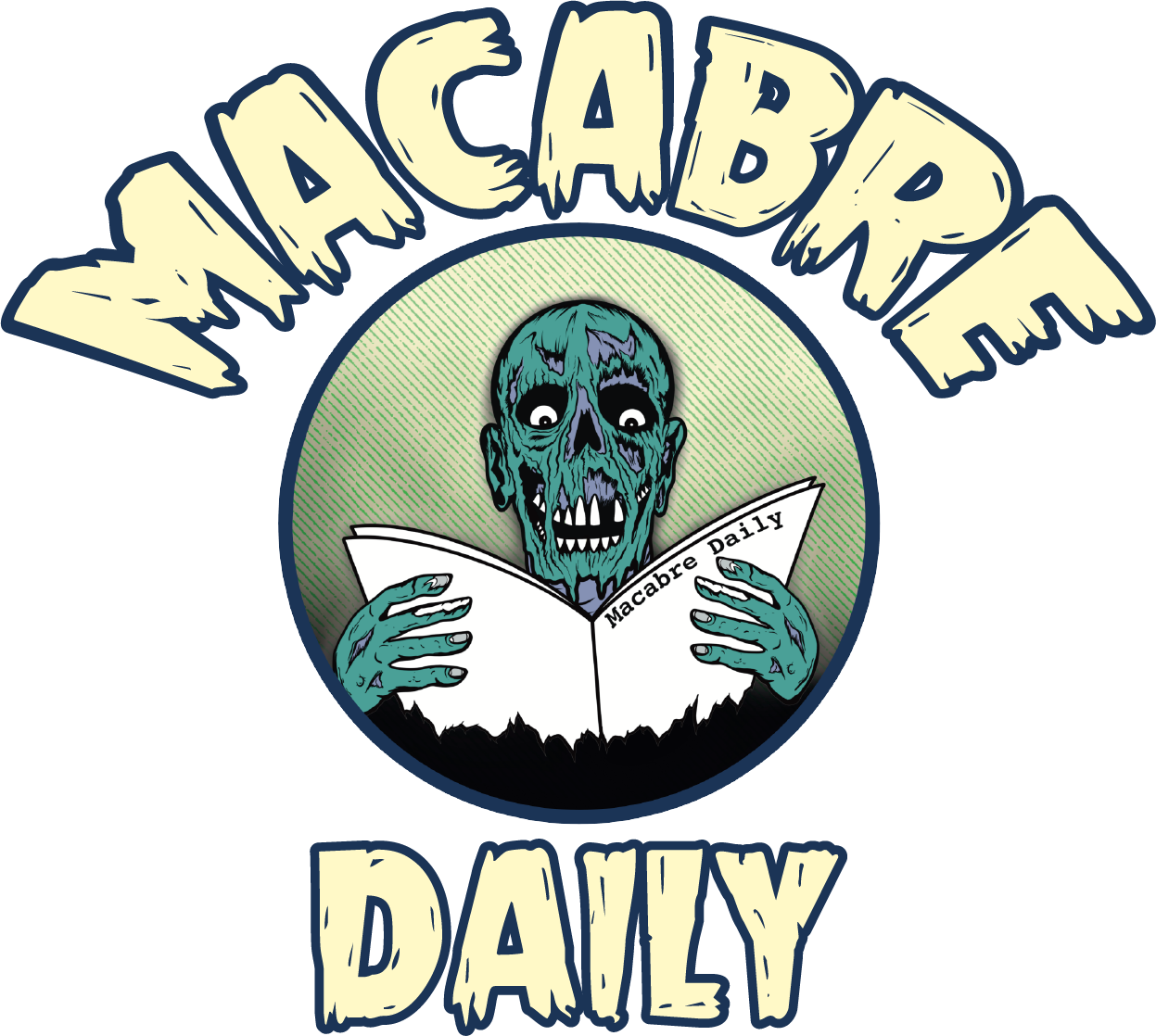Is "CALL OF THE VOID" (2024) Something You Should Heed Or Hide From? (REVIEW)
Can all types of films be considered art? It’s a question that becomes more relevant the more that parts of our lives become commoditized and barriers to access are removed. Films, like music, fall under the umbrella of art but have industries behind them that seem counter to those efforts being more focused on profit and revenue. That doesn’t mean that those who create in the film and music space aren’t artists, but rather that the way we ingest their work is through the lens of entertainment rather than pure art. It’s also why there has been and continues to be a blossoming art-house scene across all genres, to carve a space for people to create challenging works that may not connect entertainingly, but seek to expand the viewer's understanding of the medium and what it can be used for. Experimentation and innovation are driving forces in both film and music and have wrought us such great inventions as the jagged landscapes of German Expressionism to Sam Raimi’s POV Shaky Cam. It is in Expressionism where writer, director, producer, and cinematographer J.M. Stelly finds inspiration for his film, “Call of the Void.” Is this a call worth heeding, or better left ignored?
WHAT’S IT ABOUT?
Half silent film, half narrated, CALL OF THE VOID is the journey of a man known as The Painter as he falls deep into the world of opium addiction. As his life begins to fall into a repetitive hell, he finds himself listening to voices of his past and future. As he spirals into a sense of confusion, he is met with the haunting appearance of a darkness known only as The Void and the death that awaits him in the darkness of his very soul. Inspired by films of the past and German Expressionism, Call of the Void is a deep look at the horrors of the darkness within and the loneliness we face in the absence of our inner light.
HOW IS IT?
“Call of the Void” is a difficult film to review. It is an acquired taste that we venture to guess most genre fans will have no interest in trying because of how the film positions itself as a “half silent film, half narrated.” Considering that some folks won’t watch movies made before they are born, trying to convince them to watch something without any dialogue and hardly speaking is a tall order. Part of what helps the “average” movie viewer accept more avant-garde approaches is to ease the viewer into it slowly with something familiar before introducing the more mundane and challenging parts, but “Call of the Void” doesn’t do that. It drops the viewer right into its nightmarish world of monochromatic visuals and opium-laden hallucinations, but it struggles to ever connect with the viewer as anything more than a piece of experimental art. The lack of dialogue isn’t the culprit so much as the obtuseness of the script and messaging which leaves one wondering what, and who was this film for.
The central premise focuses on an opium-addicted man referred to as “The Painter.” He “speaks” through title-card-style journal entries that reflect his deteriorating state of mind and his perpetual chasing of the dragon. The inevitability of isolation and addiction can often lead to hallucinations, which is what plagues The Painter daily. These hallucinations come in the form of “The Void,” a dark, murky shadow that looms over things within The Painters home, and occasionally appears in a plague doctor mask to provide companionship. For the 62-minute runtime, we see a rinse repeat of The Painter smoking opium in a bath, wandering his home lucidly, and then experiencing night terrors from The Void. All of this sounds enticing on the page, but as a work of entertainment, it is hard to find much to be entertained by here. We would be remiss if we didn’t admit some of this had to do with the style and approach (silent film-esque with no dialogue) which feels more fitting of something shorter, but it also lacks any sort of substance or meaning that often helps art-house films connect with their viewers. Is this a story about drug addiction? Mental Health? Or is it saying nothing about anything and just “vibing”, it’s hard to tell.
The abstract nature of “Call of the Void” isn’t out of place, but it isn’t helped by how unengaging the narrative, or lack thereof is. The Painter’s journey isn’t centered around a problem looking for a solution, but instead around him slowly losing his grip on reality, likely due to opium smoking. But Stelly never makes the case that this is a bad thing, which makes it hard to know if the point is to explore addiction and mental health, or if it is just there to reflect the actualities of someone who is submerged in opium smoking habits. In a sense, that’s the biggest problem with “Call of the Void”, it doesn’t have anything to say, and if it does it is so well-hidden that it is easy to miss. As a piece of experimental filmmaking, “Call of the Void” works quite well in delivering an homage to the Weimar era of filmmaking that is all about abstraction made manifest, but that homage also misses what made Expressionist films work, they had something to say. The aesthetics of “Call of the Void” are to be applauded as Stelly is a one-man production handling all aspects behind the camera. The vision on display here is interesting and well-shot, especially the use of lighting to elicit a mood of paranoia and dread that makes shadows seem more menacing than they are, and the sound design and music complement that nicely. It is a shame that we couldn’t find more to connect with here as Stelly surely has a flair for the cinematic and an appreciation for history, but it lacks something substantive to hold your attention and care for.
LAST RITES
“Call of the Void” is best seen as a piece of avant-garde filmmaking rather than a significant contribution to the horror genre. The use of light and the lack of color work in service with moody music to create a spooky atmosphere that is unfortunately devoid of any meaning or connection to keep you invested.
THE GORY DETAILS
Directed By
Written By
Starring
Where can you watch it?
CALL OF THE VOID will be available on AMAZON VIDEO in the US and UK on October 31, 2024 just in time to provide audiences with a chilling Halloween viewing experience. This will be followed by a release across other VOD platforms in 2025 and a Blu-Ray in 2025.
Stay up to date with “The Dark Side Of Pop Culture” by following Macabre Daily on Instagram, Facebook, and Twitter.















